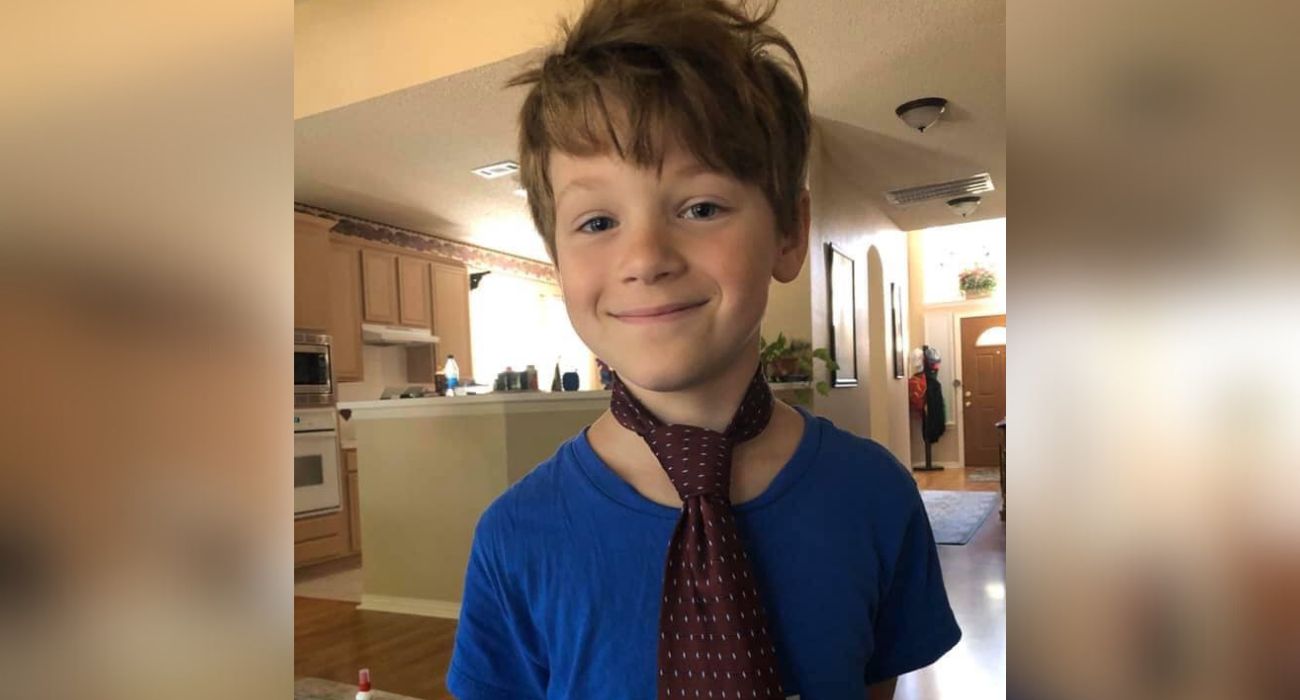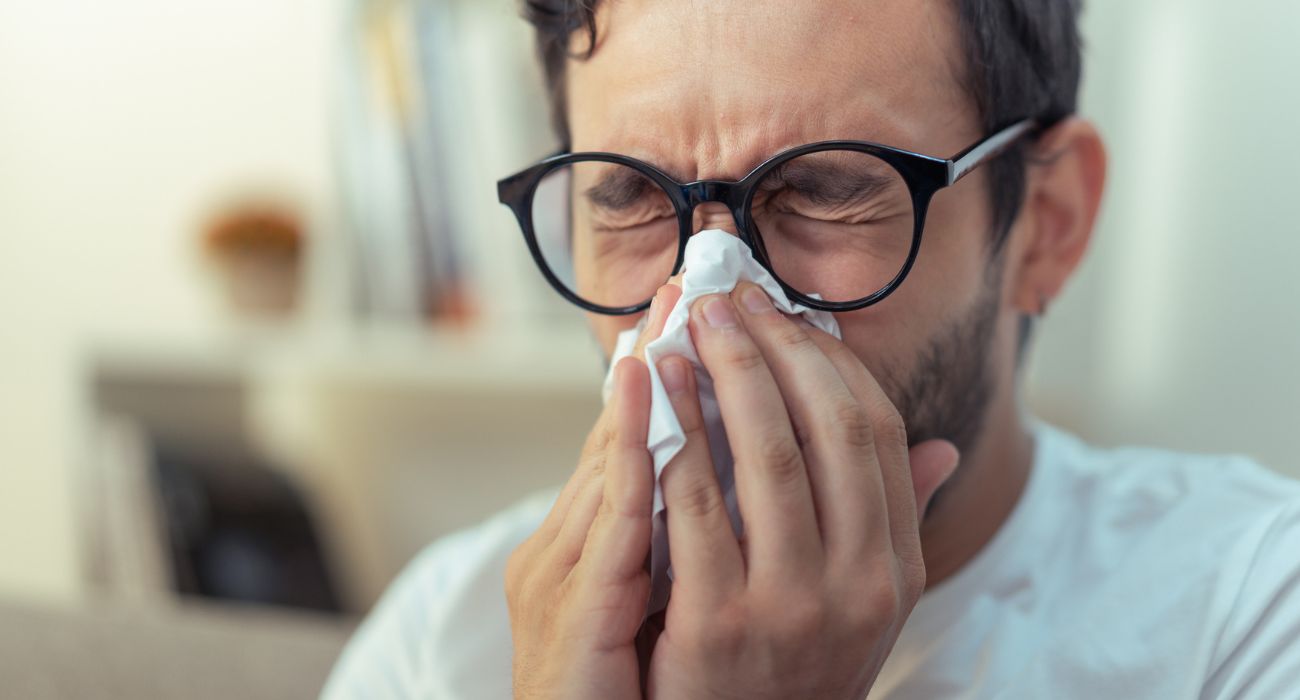A blast of arctic chill in Texas is rare. For some, it may even be a breathtaking experience — literally.
Cold air is generally drier than warm air. As a result, doctors see an influx of patients with respiratory issues triggered during periods of low humidity. When cold, dry air enters the lungs, the bronchial tubes constrict as the fluid inside evaporates. This can lead to a potentially life-threatening reaction called bronchospasm.
When a person experiences bronchospasm or a cold-induced asthma attack, they may begin to cough, wheeze, and experience chest pain and fatigue.
“[C]old air is generally drier, and your body works to humidify this. In that process, it can cause irritation to the airways, which results in a process called bronchospasm, where those airways narrow and tighten, and you get that feeling of shortness of breath,” said Dr. Aryan Shiari, a pulmonologist at the Mayo Clinic.
The symptoms of bronchospasm resemble a cold. However, bronchospasm cannot be treated with over-the-counter cold medications.
Treating bronchospasm or an asthma attack usually involves prevention methods such as using an inhaler before exercise or bundling up with a scarf. In order to mitigate symptoms of cold-induced bronchospasm, a person must warm his lungs as soon as possible and breathe in steam via a warm bath or humidifier.
Bronchospasm is more likely to affect those with respiratory disorders, such as chronic obstructive pulmonary disease (COPD), chronic bronchitis, or asthma. Studies suggest that obesity is a risk factor that can contribute to the development or exacerbate the symptoms of disorders like asthma or COPD.
The Texas Department of State Health Services reports that 33.1% of Dallas-Fort Worth residents are obese, with a body mass index of 30.0 or higher, which could mean they are at greater risk of developing a respiratory disorder or potentially experiencing bronchospasm.
Still, cold air can cause shortness of breath in otherwise healthy lungs as well.
Those who have healthy lungs may be unable to recognize the symptoms and thus fail to implement early treatment. If left untreated, bronchospasm can quickly become life-threatening, lead to oxygen insufficiency, and require emergency treatment methods such as albuterol and steroids to strengthen the lungs.
In order to prevent cold-induced bronchospasm, here are a few tips to keep your lungs safe:
- Exercise indoors instead of outdoors.
- Wear winter clothes (even in Texas).
- Use a scarf over your nose and mouth to trap humid air.
- Take asthma medication 10-15 minutes before leaving the house, if applicable.
- Keep an emergency inhaler with you.
- Keep airways clear with decongestants and saline solutions.
- If you experience painful wheezing, bloody mucus, or difficulty breathing, go to the nearest emergency clinic.






